The specialist TechnicalPadel goes over the main steps for build a track padel.
Le padel has gained in popularity, the rules of the game are simple, it is a fun sport, accessible to all, which can be shared with several people.
But how to build a track of padel ? This complex task requires some expertise.
The track must be designed and installed by professionals.
Create one or more tracks of padel uses 4 trades different and highly specialized.
Here are the mandatory steps in the installation of a tennis court padel durable and easy to maintain.
Step 1 – Earthworks / VRD
After an inventory with topographic survey, the first step consists in creating draining or porous slabs in accordance with the particularities of the project, with installation of drains, manholes, lighting sheaths, pouring of stringers, implementation of a layer drainage in pebbles, and realization of a porous concrete or a porous asphalt.
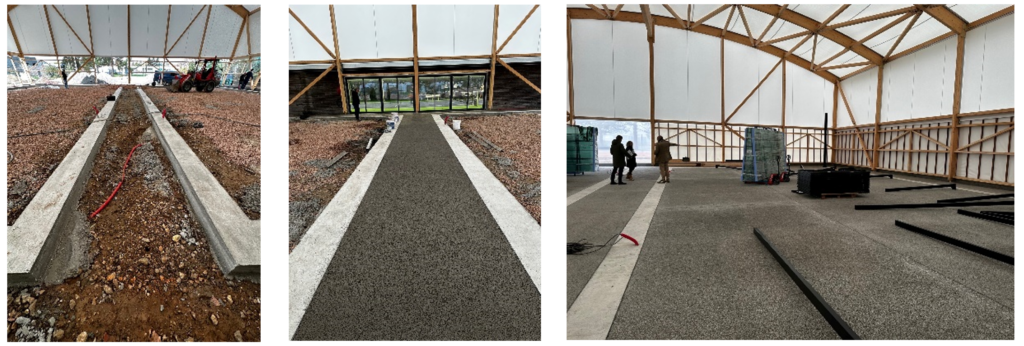
Step 2 – Locksmithing / Installation of the structure
After having checked and received the stringers, the laying of the structure can start with the laying of the corner posts, the intermediate posts, followed by the welded mesh grids, then finally the laying of the glasses (10 or 12mm depending on whether whether it is a classic or panoramic track). The last step is the installation of the masts to receive the projectors.
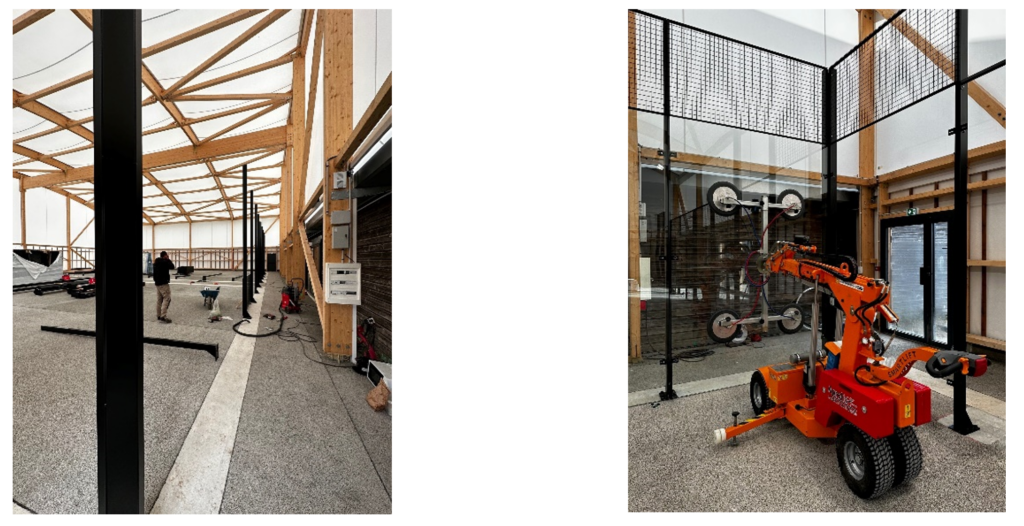
Step 3 – Synthetic grass
Choosing a synthetic turf in the installation of a track padel, is to ensure that the coating is easy to maintain and in perfect condition all year round. Synthetic turf offers great playing comfort by optimizing rebound and ball trajectories.
You should also know that the sand on the surface is an asset for the tennis court. padel : it makes the game faster, it allows the balls to fuse and bounce well and allows players to slide without risk.
The sand prevents the accumulation of moisture on the surface and helps ensure its durability.
Contrary to popular belief, synthetic turf without sand does not exist !
All turf manufacturers require the turf to be sanded in their warranty: approximately two to three tons of sanding per lane padel, and for those who would still be bothered by the yellow/white color of the sand, there are colored sands in the color of the grass!
We will then talk about synthetic turf with or without sand apparent.
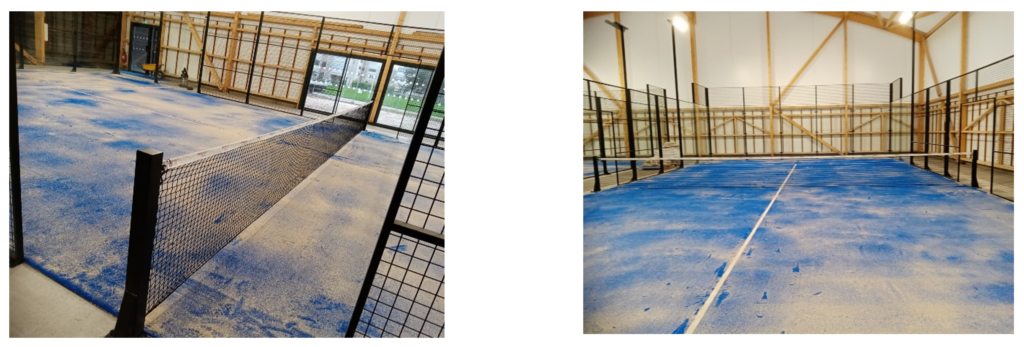
Step 4 – Lighting
Just as important as the elements mentioned above, the lighting is the final touch that will sublimate the whole. The minimum illuminance level to comply with the FFT standard is 300 lux with a uniformity coefficient of 0.7. We will therefore most often use LED projectors of at least 200 w, distributed in such a way as to obtain the best uniformity by avoiding weak zones. For floodlights, an overhang of 20 cm is authorized above 6 meters. Control of this illumination is done according to the 13-point method of the French Tennis Federation.
The entire installation will be connected to one or more control cabinets, with or without programming.
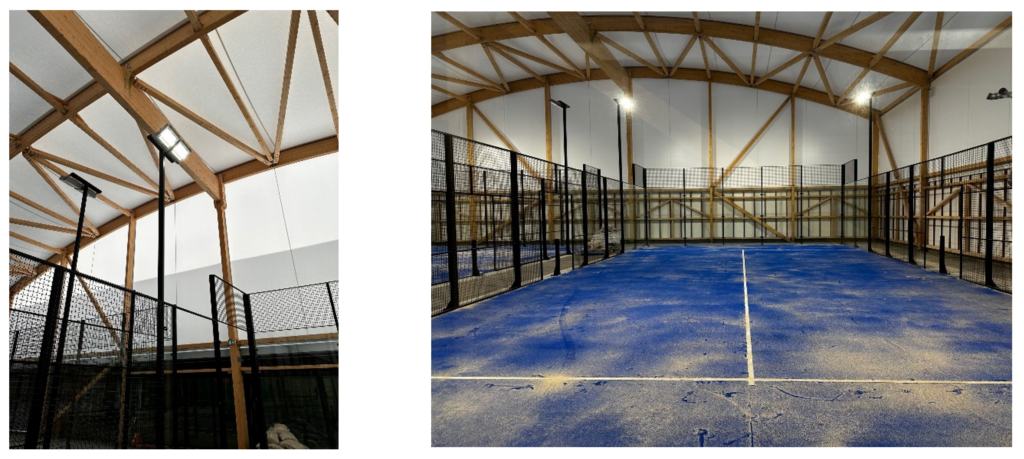
Turnkey delivery and maintenance
At the end of the construction of the court of padel, the latter is immediately functional. It is easy to maintain because it has been specially designed to withstand intense use, harsh climatic conditions and UV rays. Regular checks keep the court in excellent condition.
Why Choose TechniPadel ?
With more than 20 years of recognized know-how in the production of sports equipment and locksmithing, and led by teams specialized in carrying out projects, Technipadel brings together within its teams the 4 know-how and skills essential to the construction of ski slopes padel turnkey. A single point of contact per project, from design to delivery.
Now that you know everything, or almost, click on the link below to watch the construction of a track of padel in 3D.




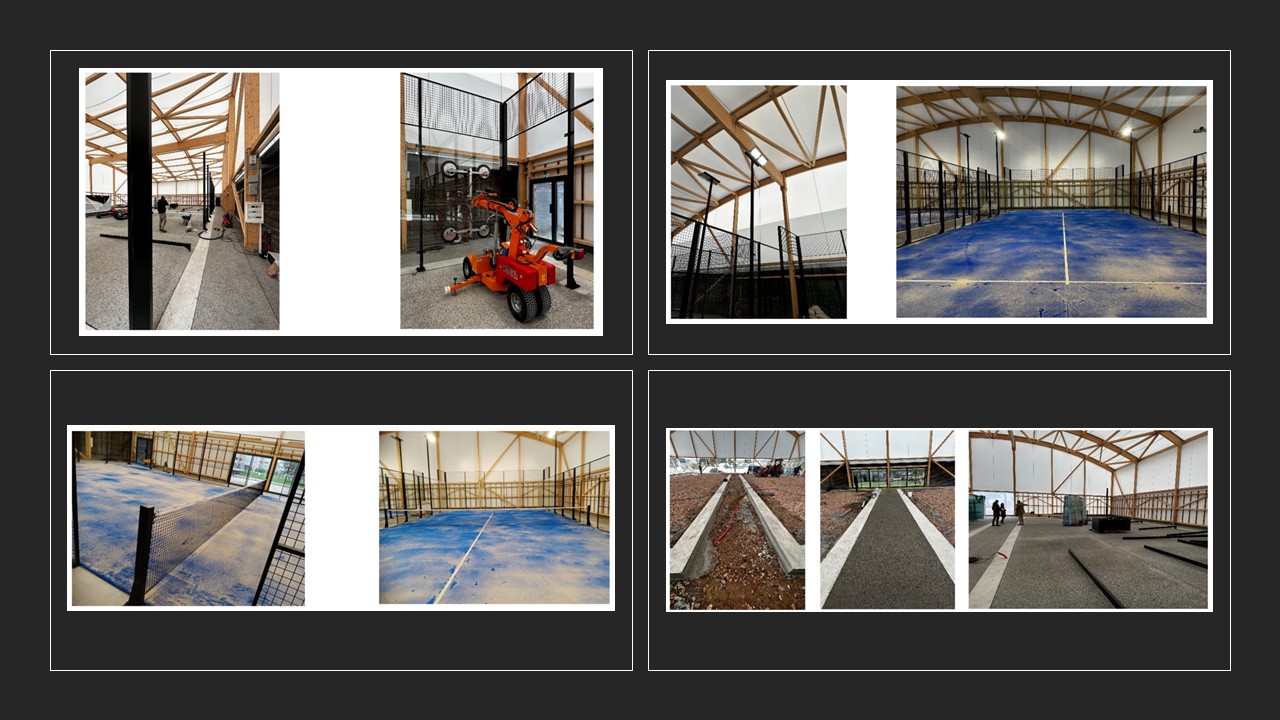














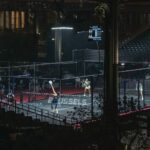

















































































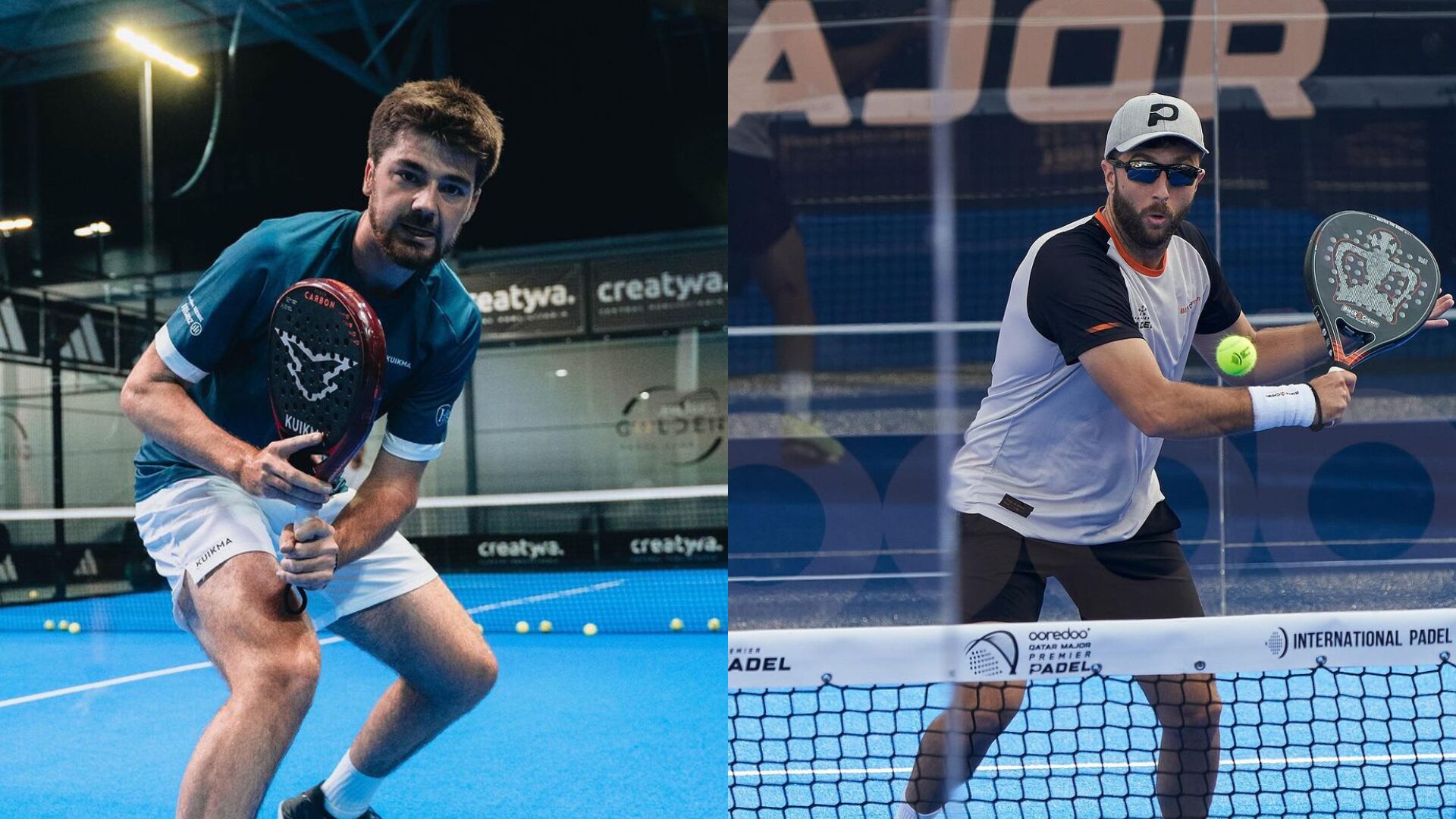 Premier Padel Sevilla P2 – From the waiting list to previas for Dylan Guichard and Ricardo Martinez!
Premier Padel Sevilla P2 – From the waiting list to previas for Dylan Guichard and Ricardo Martinez!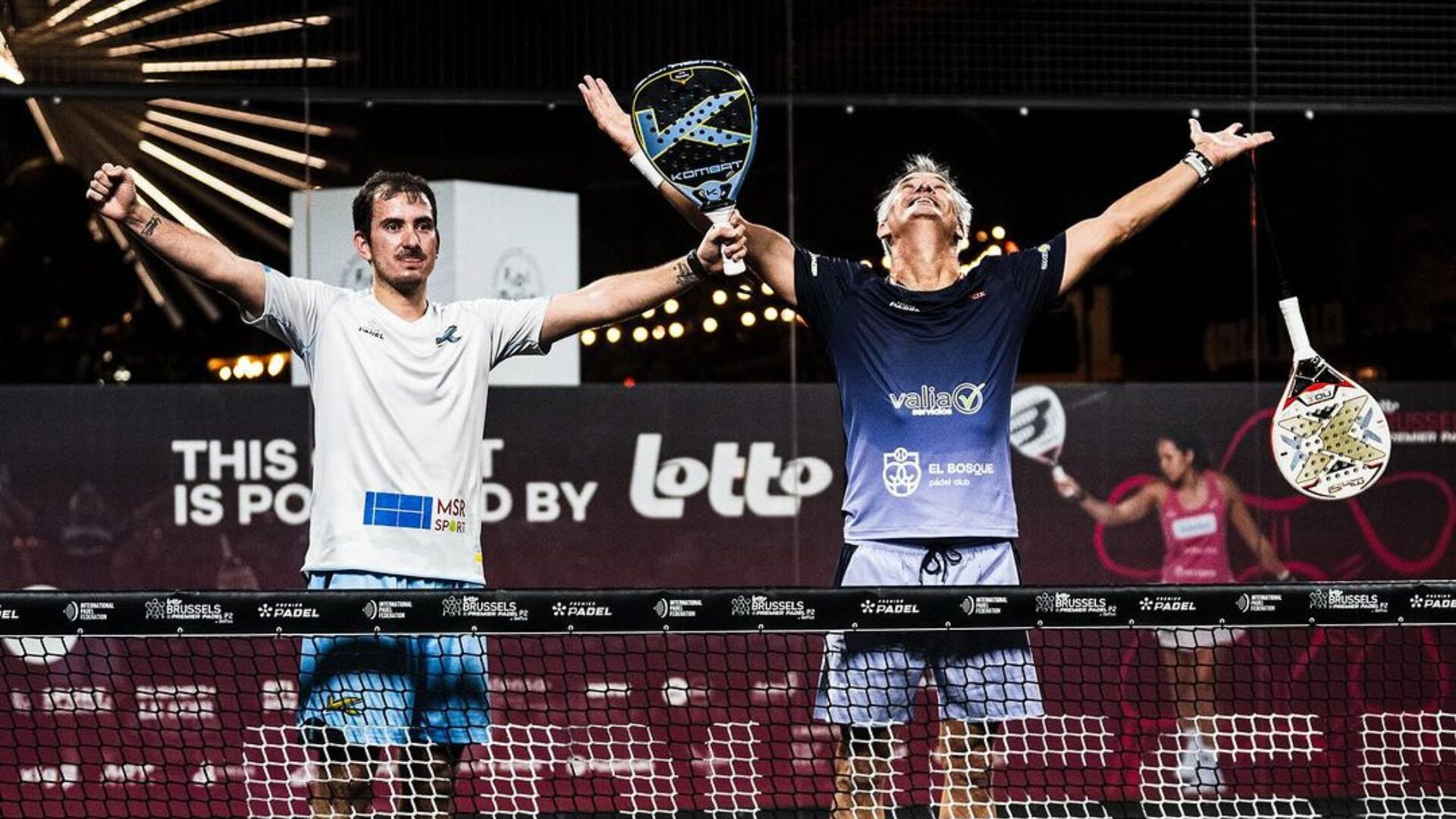 Miguel Lamperti: three tie-breaks and a return to the quarter-finals!
Miguel Lamperti: three tie-breaks and a return to the quarter-finals!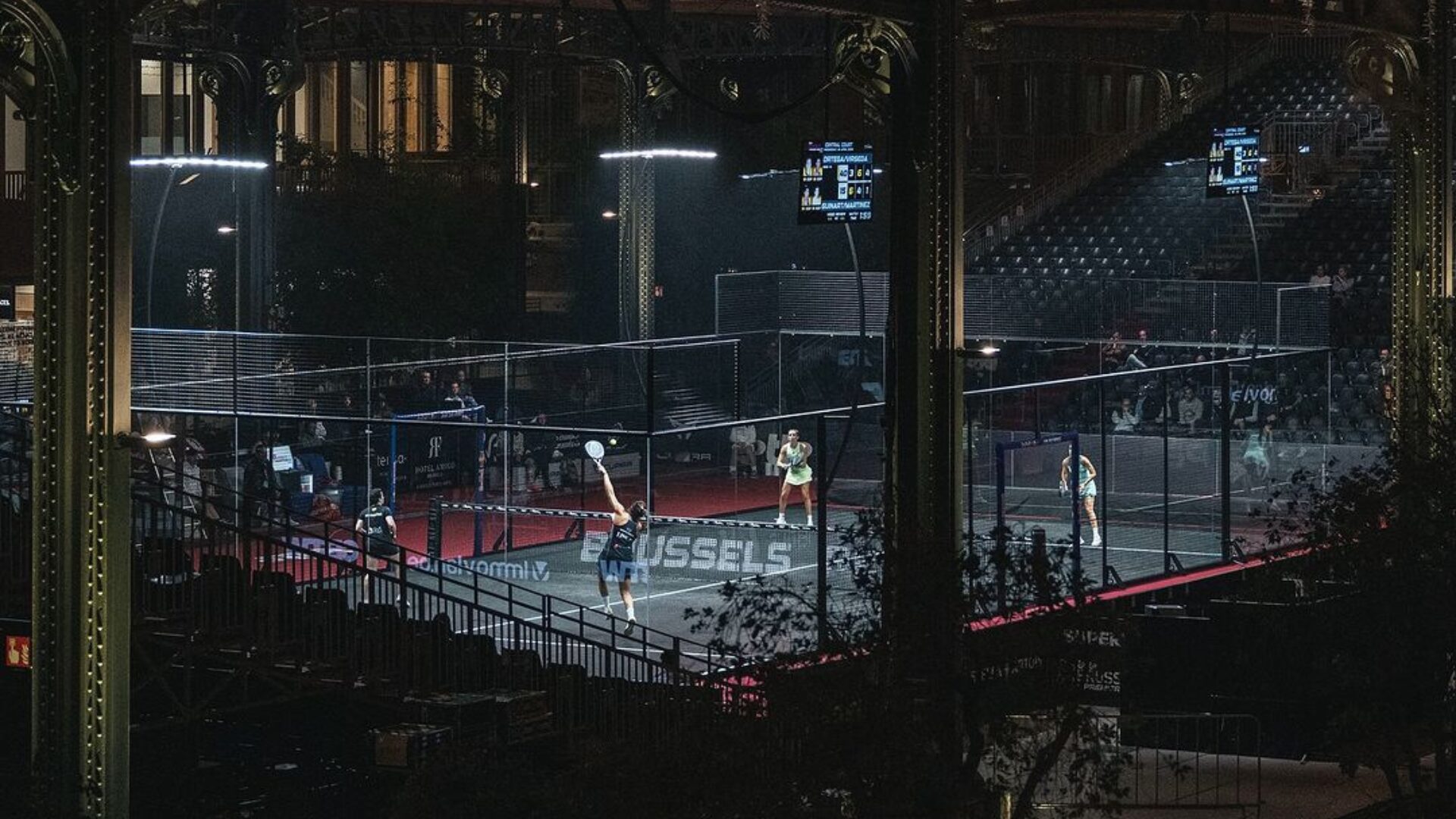 Premier Padel Brussels P2 – Place for the quarter-finals
Premier Padel Brussels P2 – Place for the quarter-finals Guillaume Codron de Sud Padel : “A family project”
Guillaume Codron de Sud Padel : “A family project” Nallé Grinda: “Democratize the padel in the USA with PadelX "
Nallé Grinda: “Democratize the padel in the USA with PadelX " Simon Boissé: “We know that there are two nations in front of us”
Simon Boissé: “We know that there are two nations in front of us” Marie Maligo: “This period of frequent changes of partners was beneficial for me”
Marie Maligo: “This period of frequent changes of partners was beneficial for me” Gilles Moretton: “We will be able to put the padel at the level of tennis”
Gilles Moretton: “We will be able to put the padel at the level of tennis” Two P1000 doubled prize money approaching!
Two P1000 doubled prize money approaching! José Manuel Escin at the inauguration of Casa Padel DOS: “Finally, and thank you!”
José Manuel Escin at the inauguration of Casa Padel DOS: “Finally, and thank you!”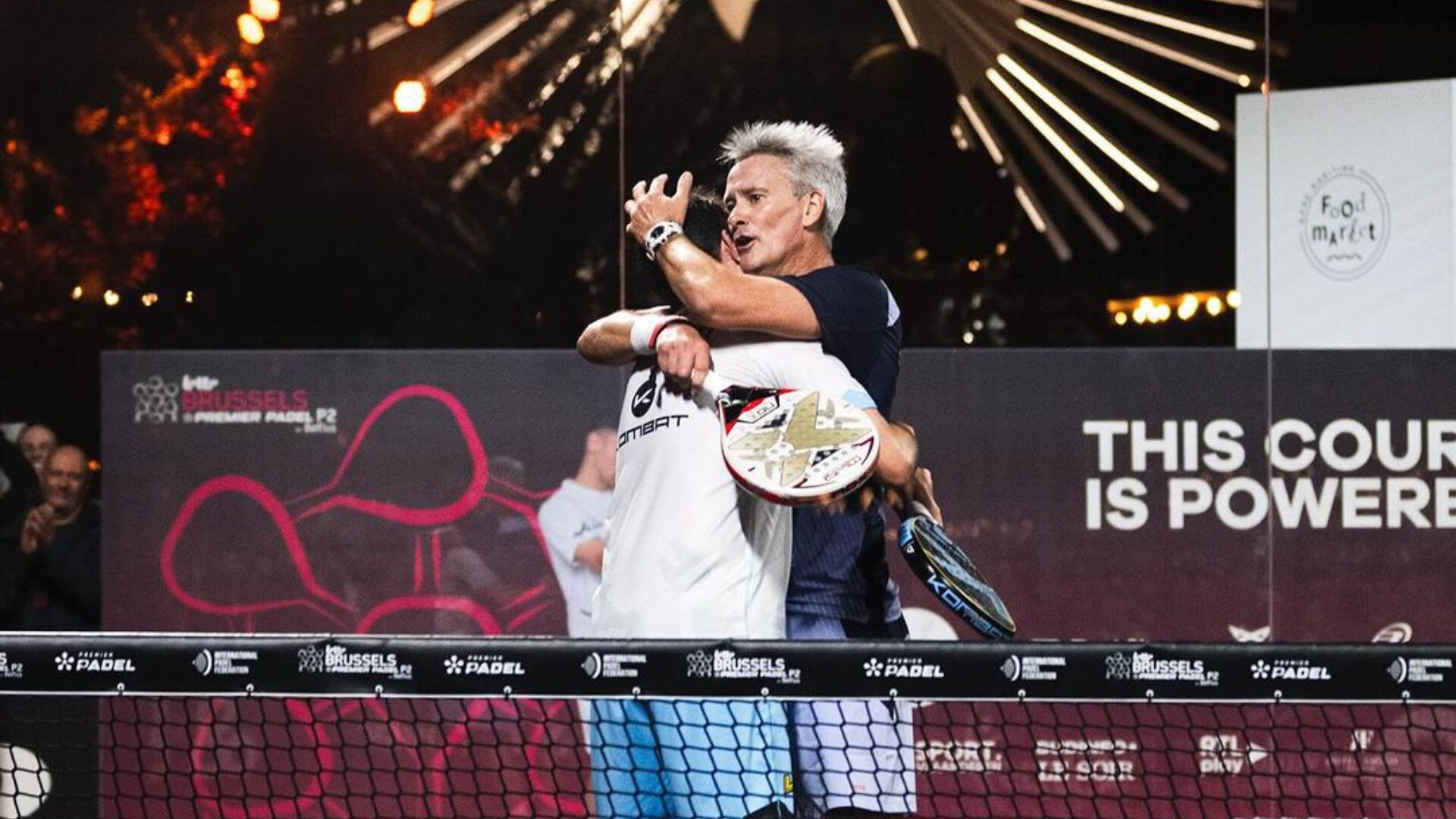 Big evening in Brussels with two seeded players on the mat, heckled number 1s…
Big evening in Brussels with two seeded players on the mat, heckled number 1s…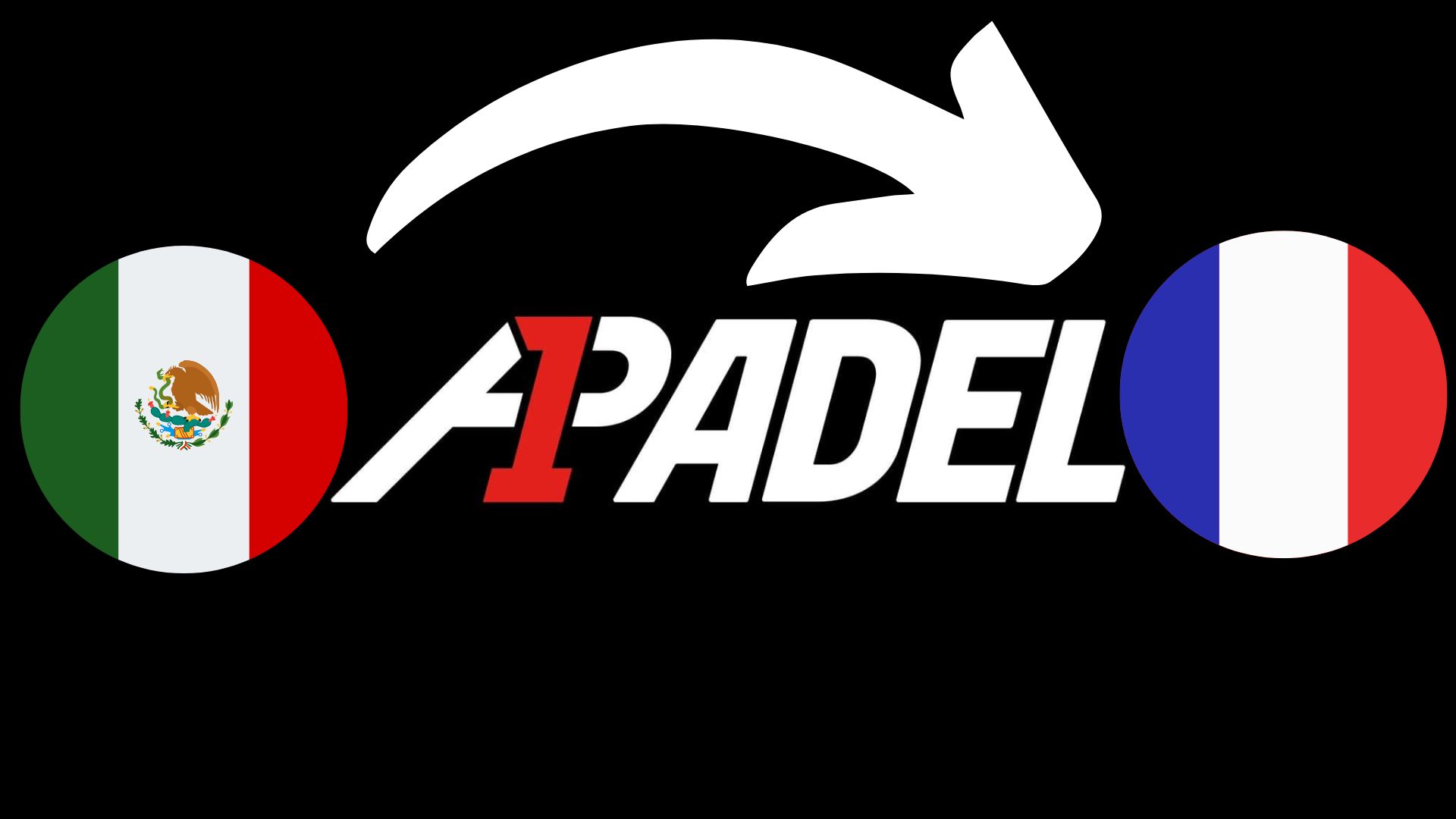 A1 Padel – the French Open replaces the Mexican Open on the calendar
A1 Padel – the French Open replaces the Mexican Open on the calendar 4 Fiberglass Padel Courts for The Ville de Paris: a choice that looks to the future
4 Fiberglass Padel Courts for The Ville de Paris: a choice that looks to the future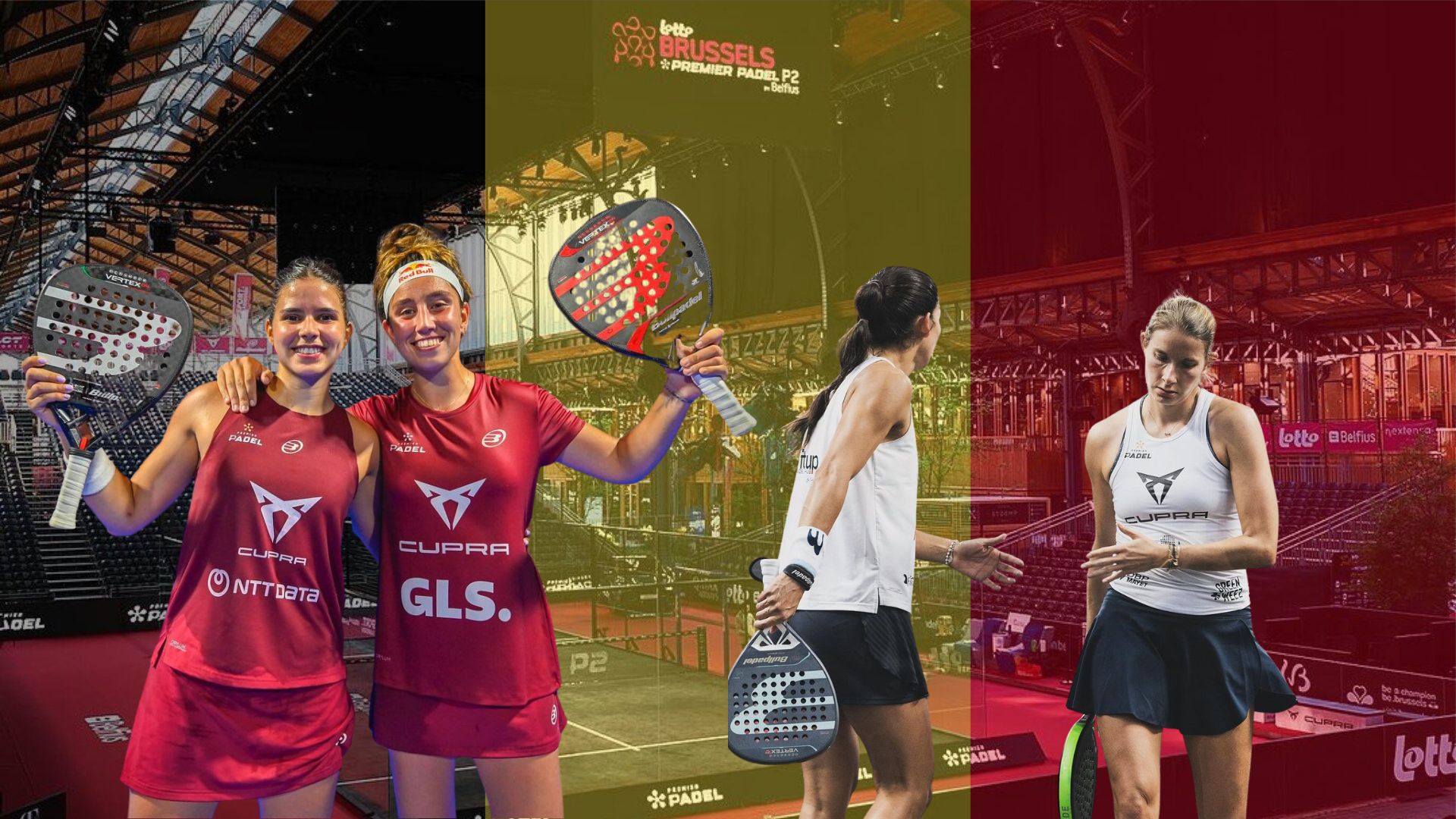 Brussels Premier Padel Brussels P2 – Collombon / Bidahorria falls against Brea / Gonzalez
Brussels Premier Padel Brussels P2 – Collombon / Bidahorria falls against Brea / Gonzalez Padel Score comes to Tahiti for American Express Padel Cup!
Padel Score comes to Tahiti for American Express Padel Cup! Do you know the Rafa Nadal Academy Tour?
Do you know the Rafa Nadal Academy Tour? Play at padel on his yacht? Possible for €233.000!
Play at padel on his yacht? Possible for €233.000! Our Top 10 training courses padel in France and Europe
Our Top 10 training courses padel in France and Europe At the heart of padel – Episode 25: Paul and Andoni answer your questions
At the heart of padel – Episode 25: Paul and Andoni answer your questions Tactical padel – What to do when faced with players who systematically stay at the bottom?
Tactical padel – What to do when faced with players who systematically stay at the bottom? The basic tactics of padel
The basic tactics of padel At the heart of padel – Episode 25: Paul and Andoni answer your questions
At the heart of padel – Episode 25: Paul and Andoni answer your questions At the heart of padel – Episode 23: defend the window well
At the heart of padel – Episode 23: defend the window well Prohibition on playing topless Padel : the reasons
Prohibition on playing topless Padel : the reasons FIP Tour – Going far from Europe, THE strategy to earn points!
FIP Tour – Going far from Europe, THE strategy to earn points! What is a good football player? padel ?
What is a good football player? padel ? “Lefties give me headaches when I play against them!”
“Lefties give me headaches when I play against them!” At the heart of padel – Episode 14: how to earn points in winter?
At the heart of padel – Episode 14: how to earn points in winter? A par 4 is always a winner...even if you manage to defend it!
A par 4 is always a winner...even if you manage to defend it! Carbon fiber VS fiberglass: what to choose?
Carbon fiber VS fiberglass: what to choose? How to effectively test a racket padel ?
How to effectively test a racket padel ? La padel to fight Parkinson's disease
La padel to fight Parkinson's disease Don't play with a cracked or broken racket, your body will thank you!
Don't play with a cracked or broken racket, your body will thank you! Michel Cymes: “The padel, physically, it’s serious!”
Michel Cymes: “The padel, physically, it’s serious!” Jeremy Gala: “Promote the padel among young people in Belgium remains a challenge”
Jeremy Gala: “Promote the padel among young people in Belgium remains a challenge” The French Touch Academy organizes its selection day Padel-Study
The French Touch Academy organizes its selection day Padel-Study Report on the detection and training of younger generations
Report on the detection and training of younger generations